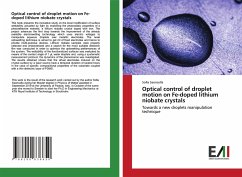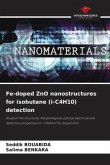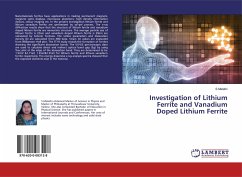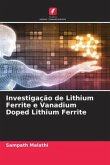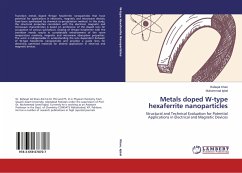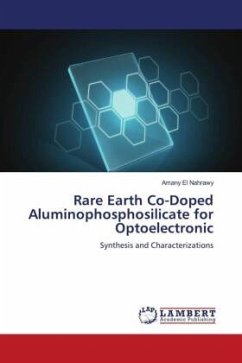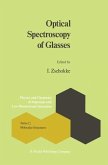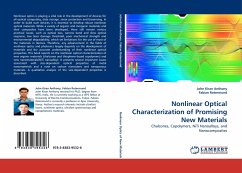This book presents the innovative study on the local modification of surface wettability actuated by light by exploiting the photovoltaic properties of a photorefractive material, a lithium niobate crystal doped with iron. The project advances the first step towards the improvement of the already available electrowetting technology which uses electric voltages to manipulate aqueous droplets over metallic electrodes. The novel optowetting technique is aimed to get rid of fixed electrodes and hence to provide multi-purpose devices. Lithium niobate samples were properly selected and characterized and a search for the most suitable dielectric film was conducted in order to optimize the optowetting performances of the system. The wettability of the functionalized surfaces was evaluated by means of the contact angle of 1 miL water droplets and, using a systematic measurement protocol, the dynamics of the phenomenon was investigated. The results obtained shows that the virtual electrodes induced on the crystal surface by a laser source have a temporal duration of several hours in the case of specific compositional properties of the substrate coupled with a thin dielectric layer of PDMS.
Bitte wählen Sie Ihr Anliegen aus.
Rechnungen
Retourenschein anfordern
Bestellstatus
Storno

